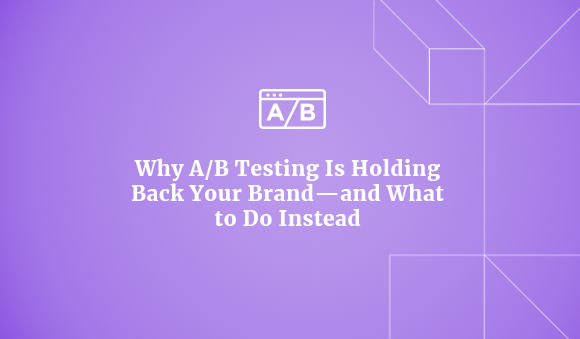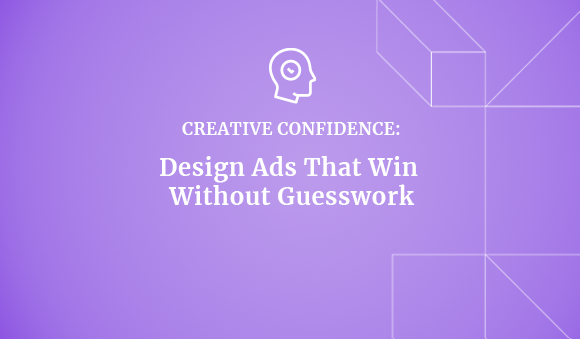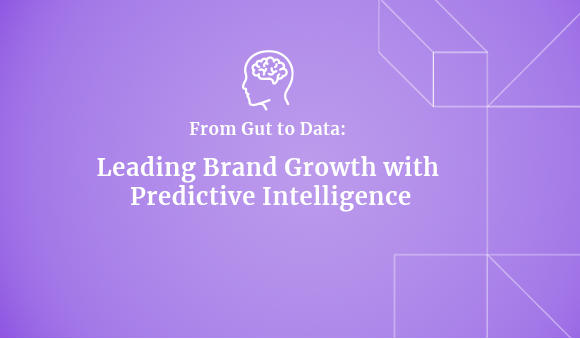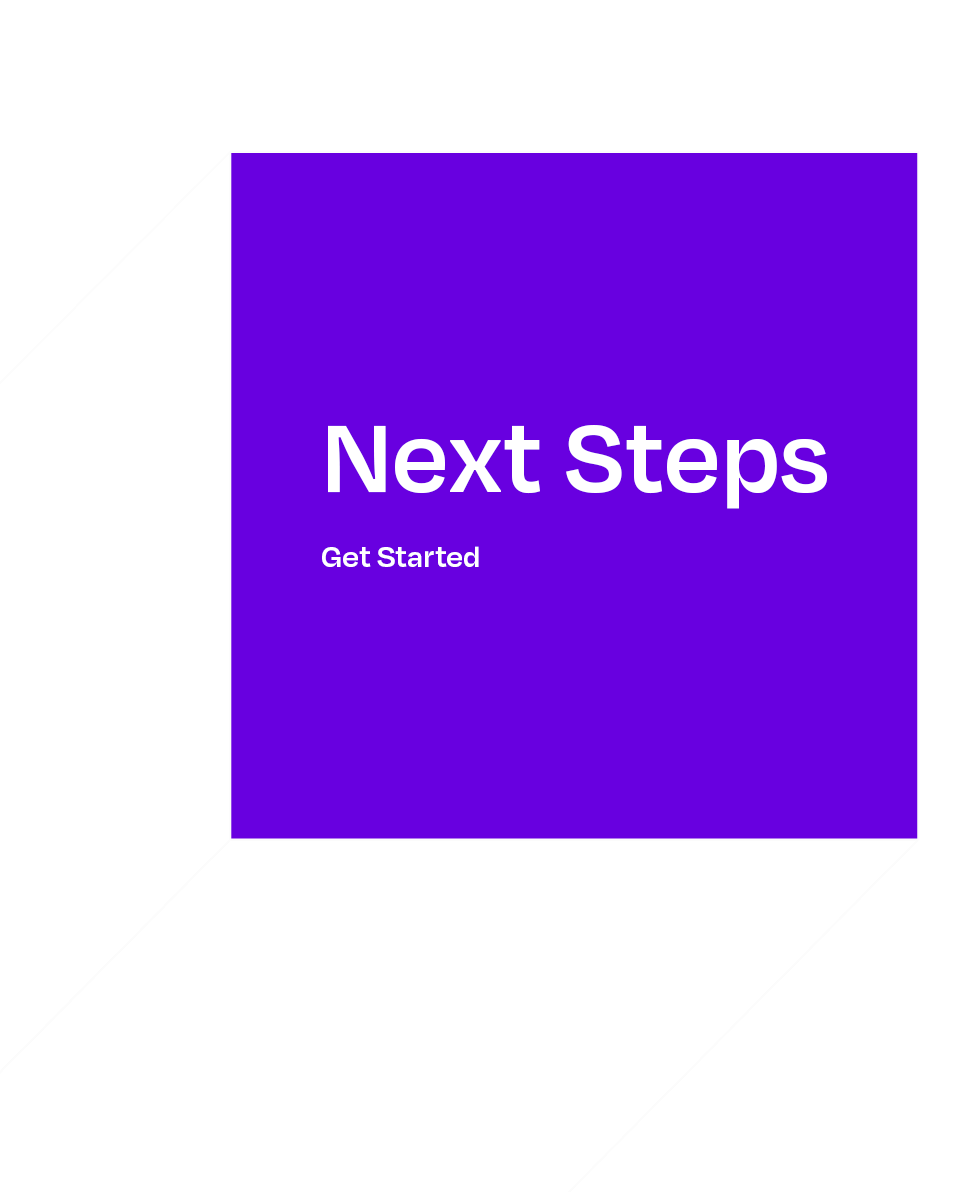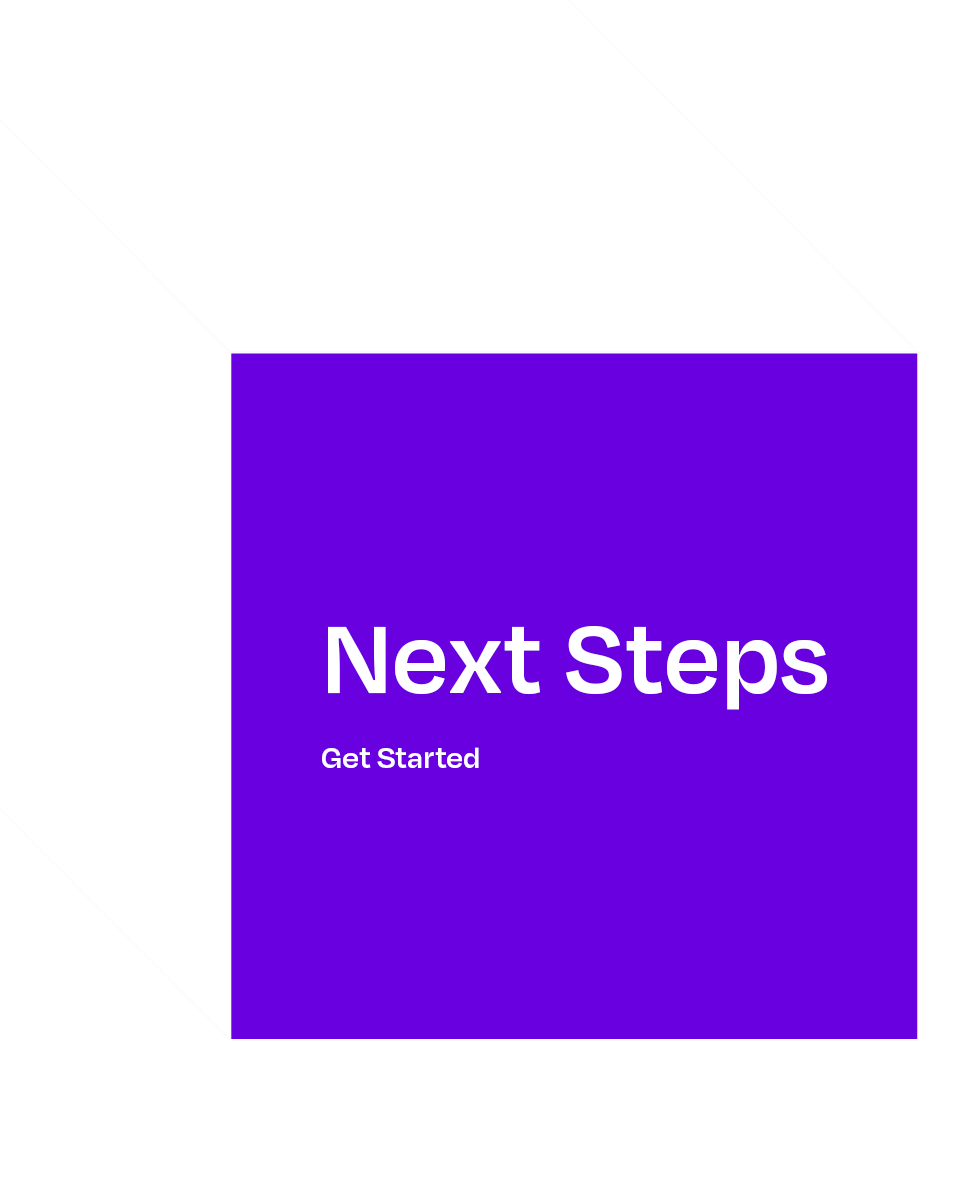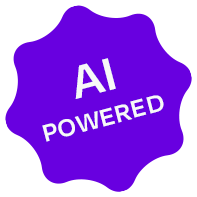In November 2021, Teads, a global media company, collaborated with Dentsu International to understand the attention economy and give direction to the advertisers that are looking to use attention as the anchor for planning, buying, and measuring media.
They collected data from a mobile panel of 3000+ users around the UK and US and from a controlled test on 800+ users to measure the impact of attention on branding KPIs. The initial findings showed attention is three times better at predicting the outcome than the globally accepted success metric of viewability.
The American Association of Psychology defines attention as an active state of mind where the cognitive resources are focusing on certain aspects of the environment rather than others to actively process information.
Every ad being produced and published today is an attempt to win the attention of customers and potential customers. The more attention your customers pay, the higher the impact on your brand lift metrics like engagement and recall.
Economics of Attention
With the increasing availability of media on mobile phones and the world moving towards a mobile-first approach, now there are more places to capture consumers’ attention. But the problem becomes more evident when we put a few facts in context like on average, a person gets somewhere between 60-80 notifications in a single day and an average consumer checks their phone 150 times in a day for short bursts of 30secs.
Ideally, the availability of more channels to reach and grab customers’ attention should work in favor of the marketers but the opposite is true. According to a recent study by Teixeira, there has been a drastic decline in the viewability of the ads. Moreover, in the online landscape, viewability does not necessarily mean that the consumer has paid attention to the ad.
Marketers’ demand for consumer attention has risen and at the same time, the number of tools like ad blockers, DVRs, mobile phones, etc. available to consumers to avoid paying attention to ads has also increased. As a result, the cost of capturing attention has increased 7-to-9 folds in the past two decades.
Because of this, small and medium-sized brands without deep pockets are abandoning the mass media route and embracing giveaways, discounts, and promotions. In this high-cost and competitive landscape, how do you ensure that your consumers are paying attention to your ads and to the right creative variables in them? For instance, an advertisement primarily focusing on building brand awareness should aim to get consumers’ attention on the brand cues like logos, colors, taglines, brand emotions, messaging, and more.
Ingredients to Make Attention-grabbing Ads
Our brains have evolved to notice high contrast colors
Colors are used in various forms in advertising – backgrounds, brand cues, design elements, images, illustrations, and more. Colors have the power to evoke emotions, trigger moods, and they also help set an aesthetic tone of the ad.
Warm, bright, and happy colors like red, yellow, and orange are known to make people feel passionate and optimistic. When used as contrasting colors to black and white, they tend to grab people’s attention. Similarly, every color has an association with different emotions like blue to trust, black to luxury & power, grey to timelessness, and purple to creativity.
Using color psychology, you can make stand out ads that can capture attention at the right place and retain it for a longer period.
Emotions make ads persuasive & memorable
It is as simple as it sounds and as complicated to execute. Emotional marketing refers to using emotional themes to trigger positive or negative emotions like love, happiness, disgust, fear, sadness, etc. Adding emotions to the ad that aligns with your brand identity can make your ads persuasive and memorable. To encode your brand in the memory of your consumers, it is important to elicit emotions after you have managed to capture their attention.
Budweiser’s 2018 Super Bowl commercial ‘Stand by You’ is an excellent example of emotional marketing where the brand displays the love and care their employees put in to help the people affected by natural catastrophes in America.
Make your ads sound right
According to a study by Leicester University, consumers are 96% more likely to remember your brand if you use music aligned with your brand identity. There are many such studies that link the success of ad campaigns to the music used in them. The key is to choose the right music for ads that align with the visuals, messaging, and overall brand identity.
Moreover, since today’s customers are using multiple screens at once, adding music in your ad can grab their attention instantly. And with the marketing industry adopting the video-first approach, the right music in your ads can help stand out and cut through the noise.
Adding context of exposure
As mentioned, millennials are using 3 screens and Gen Z are using 5 screens at once which means they might not pay complete attention to the ads. Moreover, they are using every screen in a unique way. For example, if they are primarily using desktop for work or studying, then their tablets, phones, or TVs will be running in the background where they will be passively consuming content. So, for ads that will be played on phones or TVs, adding an entertaining element at the beginning would grab their attention instantly which can be followed by the necessary information to deliver the brand message.
Along with the context, the environment in which they are using these screens also matters. For example, when they are in the cinema, they might use an additional screen which is their mobile phone but usually, the ads played in cinema get full attention so creating ads that are persuasive and informational would be more impactful.
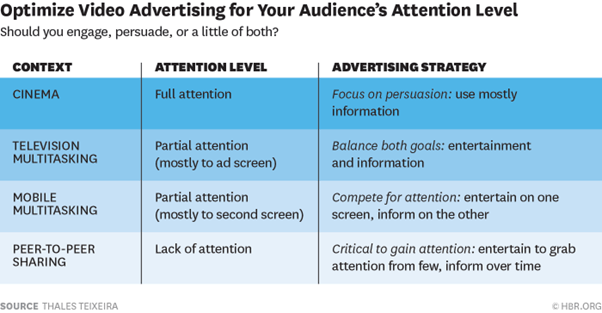
Source: HBR
Adapt a More Sustainable Approach to Attention
The collective attention span of human beings has decreased. An average millennial has an attention span of 12 secs whereas Gen Z has an attention span of only 8 secs which is lesser than a goldfish. Marketers now have less time than before to attract their audiences’ attention all the while navigating through the increased competition.
As a result, more marketers are focusing their efforts on reach and interruptive attention which can only garner low quality attention from the consumers. It is definitely not a sustainable approach to capture attention.
Quality attention goes beyond clicks and it cannot be measured in eyeballs alone. The goal with advertisements and other forms of media should be to provide an immersive experience that cultivates focused attention. A mixture of performance advertising, emotional advertising, entertainment, and persuasion is a good recipe for creating attention-forward immersive viewing experience for your consumers.
How to Measure Attention
With every marketing strategy, the challenge always comes back to measurement. While it is easy to make an argument that quality attention might result in various brand lift metrics like recall, association, and indirectly sales but at one point, it is necessary to quantify attention. What might actually help marketers understand the quality of the attention and its impact on the success of ads is the intensity of the attention.
With creative intelligence platforms like Incivus built on technologies like computer vision, it is possible to know exactly where the attention is falling and at what intensity. To test your ads, you can reach out to us at marketing@incivus.ai
